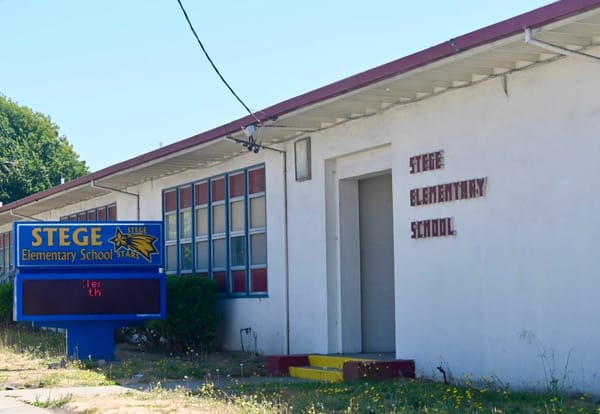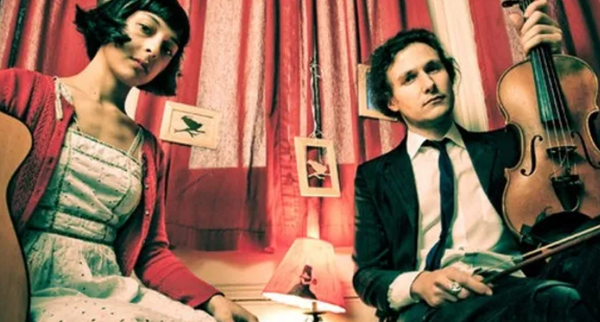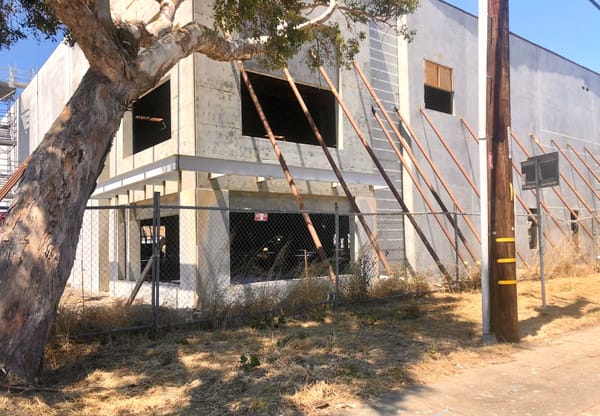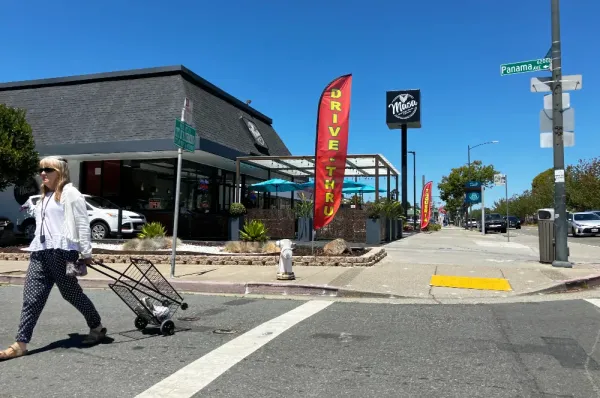Transit officials present plans to close Richmond Bridge bike lane
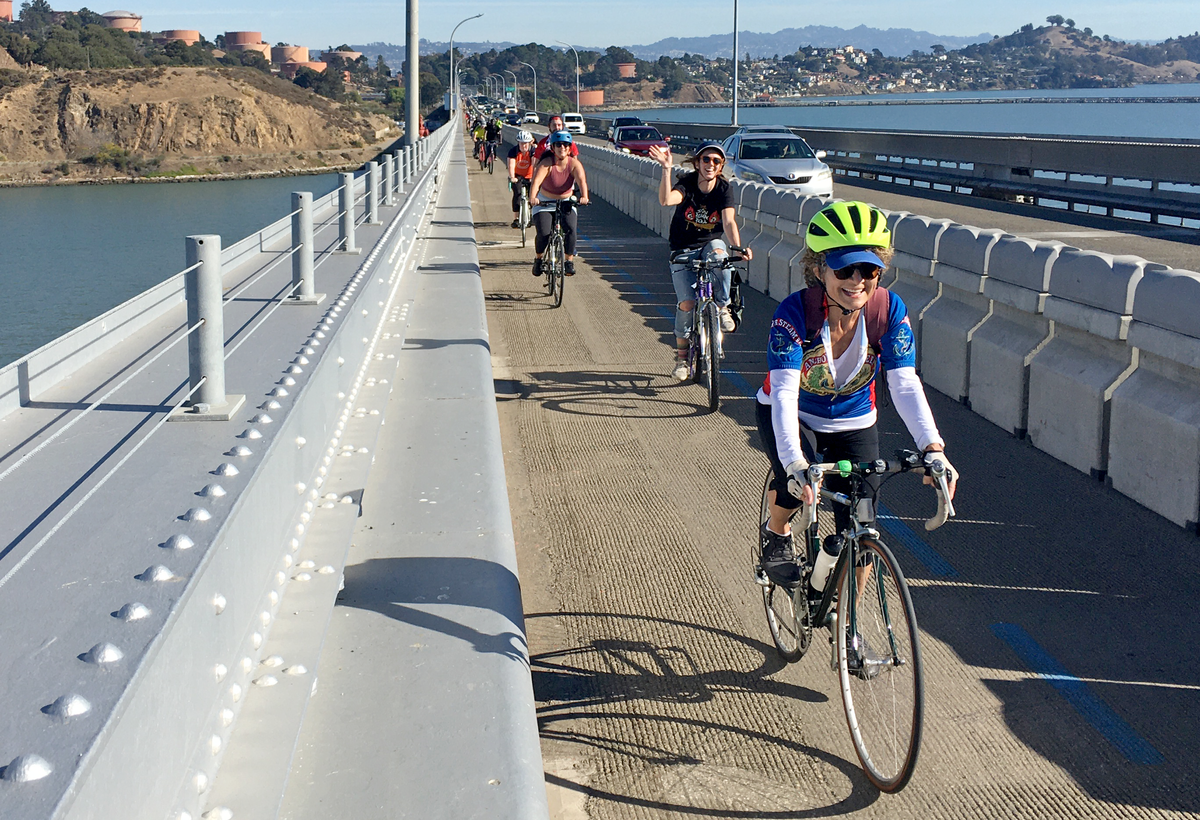
Transit officials briefed the San Francisco Bay Conservation and Development Commission on plans for weekday closures of the multi-use trail on the Richmond-San Rafael Bridge during a meeting Thursday afternoon.
The pathway opened in November 2019 as part of a four-year pilot project to provide bicycle and pedestrian access on the Richmond Bridge and reduce evening congestion with a vehicle travel lane on the lower deck.
Bay Area Toll Authority Section Director Lisa Klein said the agency proposes to retain the multi-use path on days with less commuter traffic, restore the shoulder on other days of the week, and run a bike shuttle.
“We are proposing to make the lower deck part-time lane permanent,” Klein said at the meeting. “We are proposing to extend the pilot with some modifications on the upper deck to answer the questions raised by the data and to better understand the role of an emergency shoulder.”
The toll authority and California Department of Transportation are still working out the shuttle service operations and the days the path would be closed to cyclists and pedestrians.
“Weekends, Fridays, and holidays are good candidates for the path,” Klein said. “We may even be able to open the day midday Thursday. If we could do that we would really have an extension that was halftime path and halftime shoulder.”
Klein shared information from an evaluation of the pilot conducted by UC Berkeley Partners for Advanced Transportation Technology.
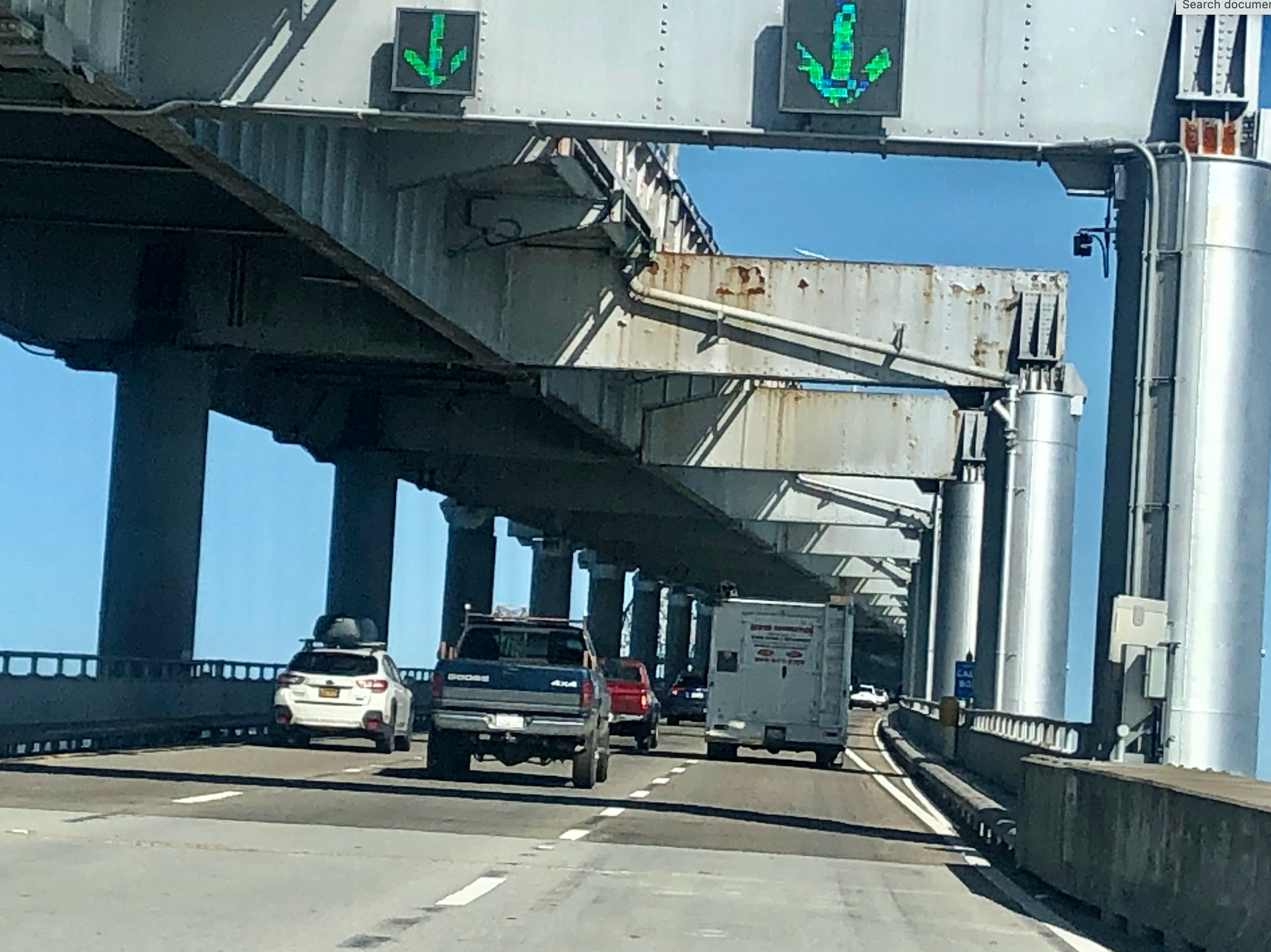
“The results for the lower deck pilot are really quite clear. The project has been really well received by the public as well. As soon as it opened, that part-time lane essentially eliminated eastbound congestion on the bridge. It now saves eastbound commuters between 14-17 minutes on their return trip home,” Klein said.
The results for the upper deck are far more mixed. Klein said the path is well used on the weekend, but some puzzling data has emerged related to traffic incidents or crashes.
The latest evaluation of the pilot, which includes data from the spring of this year, suggests traffic collision rates are down 15-20 percent overall. However, they are up about 20-30 percent during the morning peak.
“That is of interest to us because during the peak is when incidents are likely to cause the most backup and the most headaches for commuters,” Klein said.
The Bay Area Council, a regional business association, has pushed to eliminate the multi-use path, claiming the path causes traffic and contributes to unhealthy air in nearby Richmond neighborhoods.
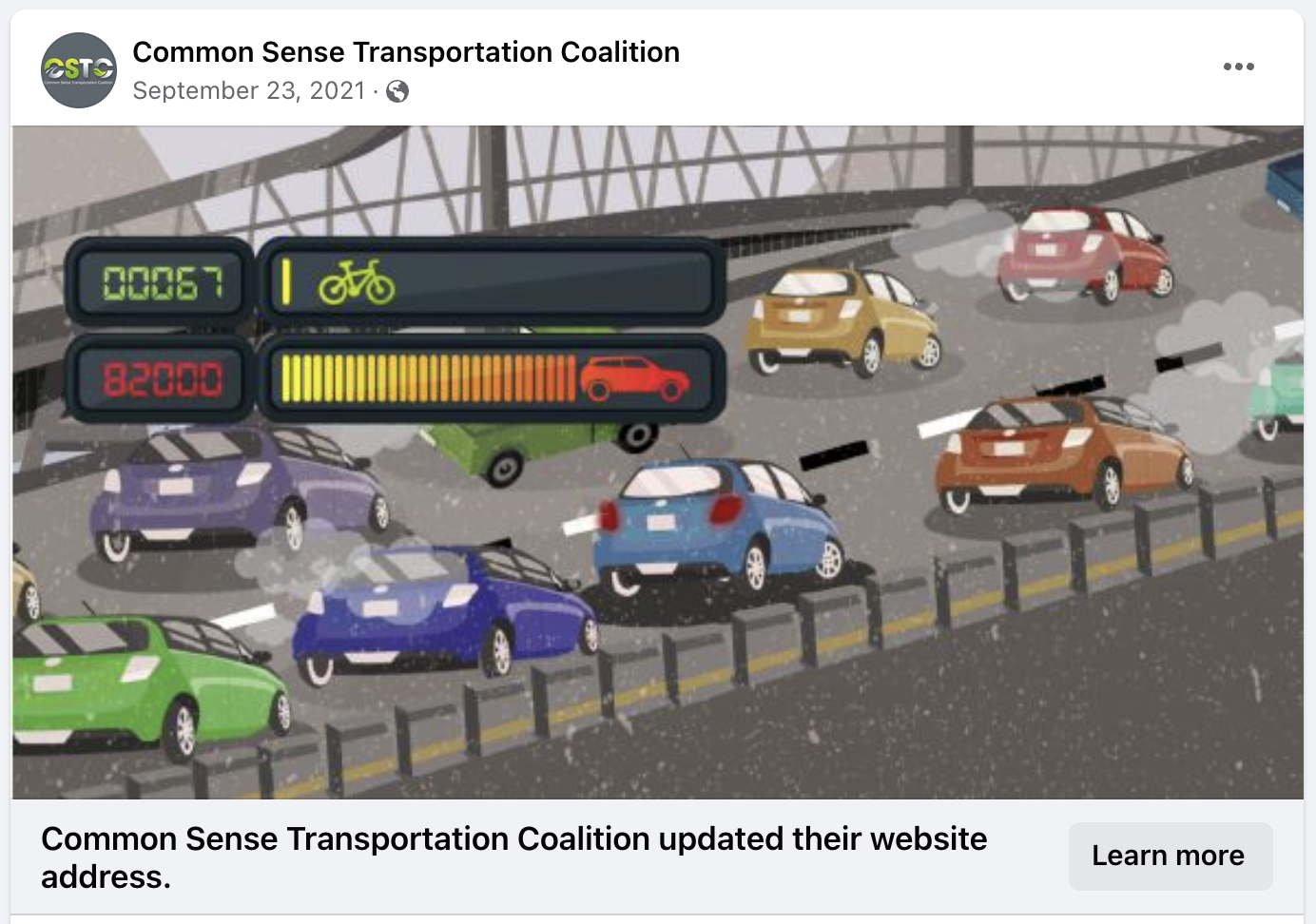
According to the council’s president, Jim Wunderman, commuters face significant and growing traffic jams on the bridge, with drivers experiencing an average of 16 minutes of gridlocked, stop-and-go traffic.
“What the term “average” misses is that often and unpredictably, the backup is far worse, as without a third lane or pullover lane, it is exceptionally hard to clear accidents, and therefore these teachers and nurses tell us, and their employers, and surveyors that they must leave much earlier than normal, just in case there is a huge backup, so they aren’t chronically late to work and lose their job,” Wunderman said.
Greg Nudd, Deputy Executive Officer of Science and Policy at Bay Area Air Quality Management District, said the district didn’t have any evidence the bike lane is causing greater air pollution in Richmond.
“The data that we see is consistent with what we see near every freeway in the Bay Area, where there is a significant increase in air pollution in the mornings. That is typical of pretty much every freeway in the Bay Area,” Nudd said.
From an air quality standpoint, congestion isn’t really an issue for light-duty vehicles because tailpipe emissions are so low.
“Obviously, it is an issue from a quality of life standpoint. It can be an air quality issue if it causes traffic to back up on surface streets, especially if there are diesel vehicles in that traffic mix,” Nudd said.
Richmond resident Kristin Denver and her husband have commuted to Sonoma County for the last 20 years and said they are some of the daily commuters who leave home nearly two hours in advance to ensure they reach work and school on time. Denver’s son also attends school in Sonoma County.
“We are an active commuting family who crosses the bridge with two vehicles daily, six days a week. Often crossing the bridge in both directions twice a day,” Denver said. “To ensure that all three of us arrive at school and work on time, we have to account for the expanded commute times caused by incidents with no access to an emergency shoulder.”
Roland Katz, Executive Director of the Marin Association of Public Employees, has advocated for a third lane during rush hour and supports the proposal to remove the lane four days a week.
“If there is a stall or an accident on the bridge without a shoulder, you get one lane or no lanes. Emergency vehicles can’t get there on the shoulder. We think having a shoulder will improve traffic time and congestion. For our members, riding a bicycle to work from the East Bay is simply not a viable alternative,” Katz said.
Richmond resident Bruce Beyaert, a member of the San Francisco Bay Trail Project Board of Directors, said the bridge path is a key section of the San Francisco Bay Trail and should stay open 365 days per year.
“Cyclists, pedestrians, and joggers have enjoyed about 385,000 trips across this bridge since it opened in November 2019. There is no justification for shutting it down four days a week in order to provide a vehicle breakdown lane,” Beyaert said.
Bike East Bay Advocacy Manager and Richmond resident Dani Lanis noted the Richmond City Council passed a resolution supporting 24-7 access to the Richmond San Rafael Bridge trail and invited BCDC members to ride on the bridge to show what a fantastic experience it is.
“What is the message we want to send?” Lanis asked the commission. “Where do we want to go? Do we want to increase the number of vehicle miles traveled? Are we increasing public access to the bay and the shoreline?”
BCDC Commission Chair Zachary Wasserman reminded the public the board was not making a decision during the meeting.
“Assuming Caltrans and BATA wish to proceed with this proposal--we don’t know if they will or not--this will come back to us for a permit,” Wasserman said.
Help keep our content free for all!
Click to become a Grandview Supporter here. Grandview is an independent, journalist-run publication exclusively covering Richmond, CA. Copyright © 2024 Grandview Independent, all rights reserved.

